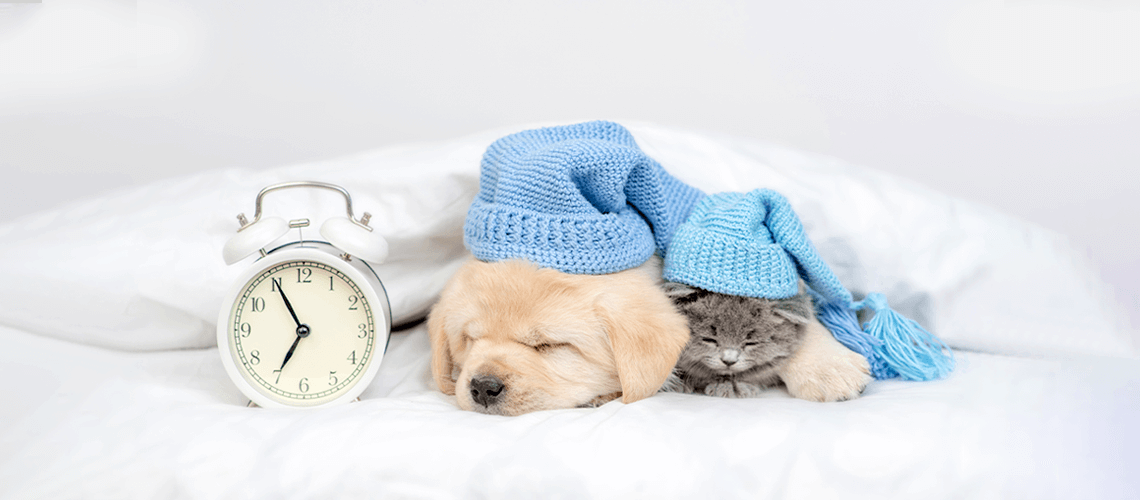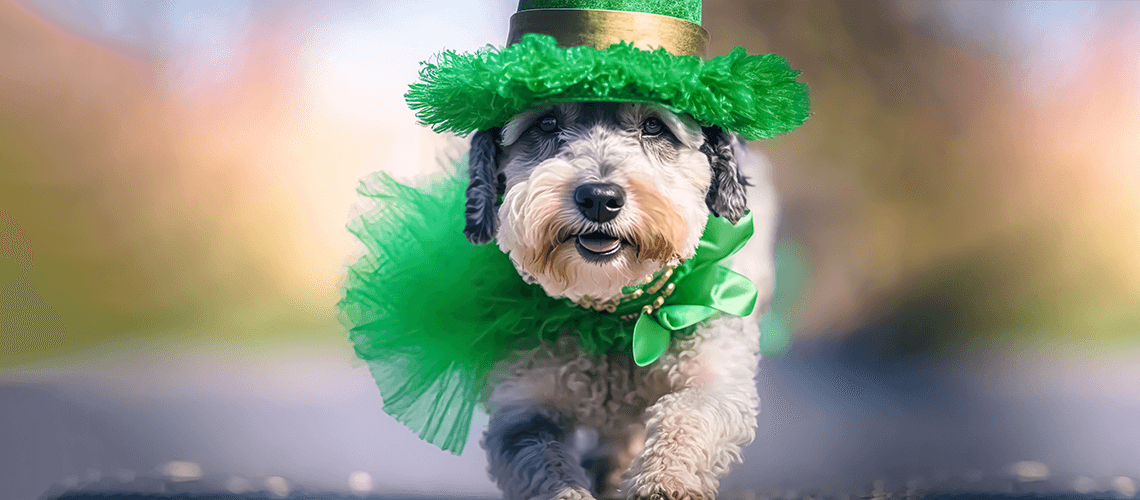Who doesn’t dread losing an hour of sleep? Unfortunately, daylight savings time can also be a nightmare for our furry friends. As we prepare to lose an hour […]
How To Make Sure That This Year’s St. Patrick’s Day Is Memorable For You And Your Furry Friend
Looking for a fun way to celebrate St. Patrick’s Day with your furry friend? Here are some ideas to get you started! From festive green treats to photos […]



